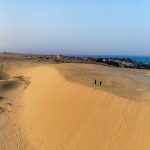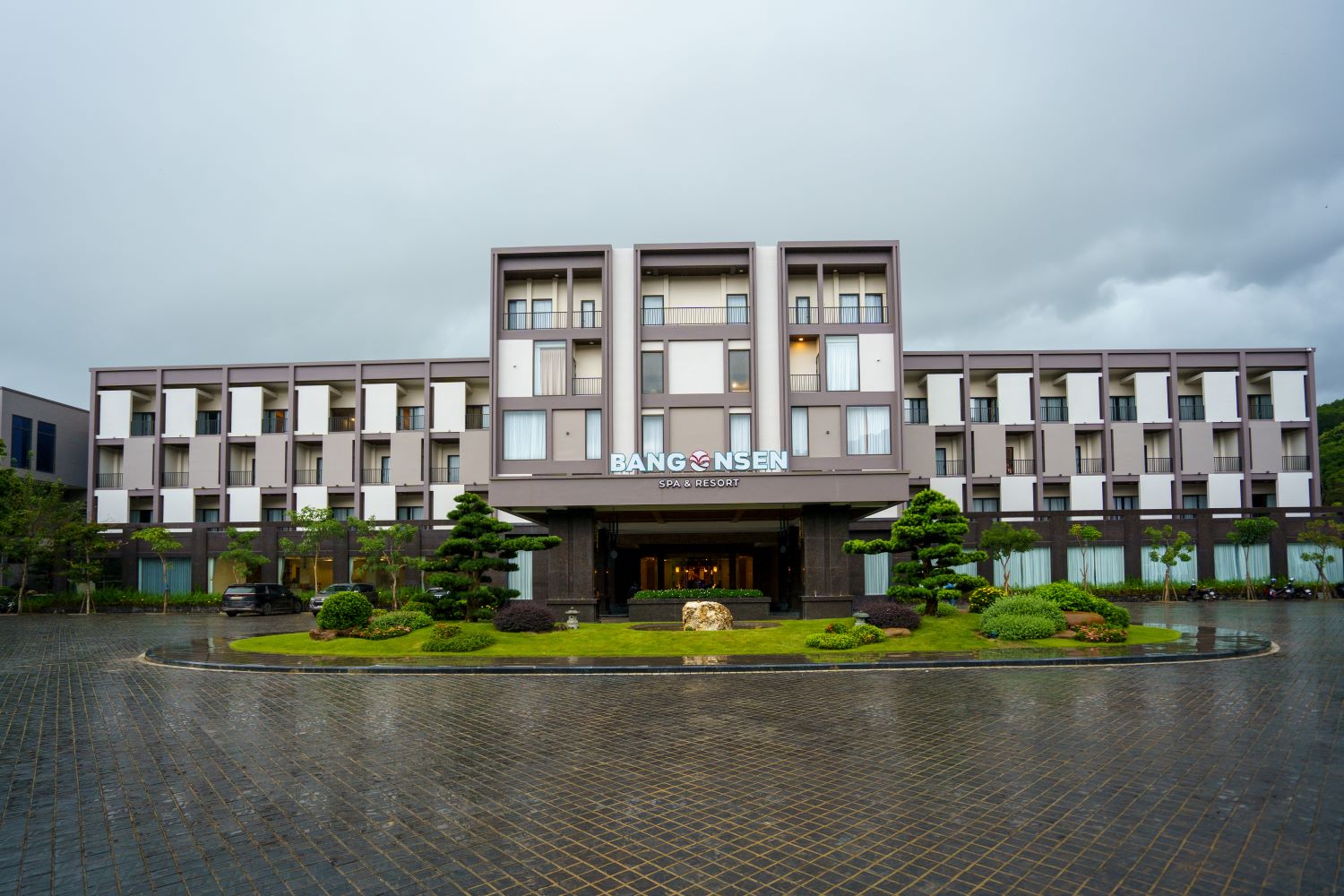Quang Binh, a province in Central Vietnam, is renowned for its pristine beaches and untouched natural landscapes. In addition to Nhat Le Beach, the region is famous for its majestic cave system, most notably Phong Nha-Ke Bang National Park, which has been recognized twice as a UNESCO World Natural Heritage Site. Spanning a vast area covered by primary forests and ancient limestone mountains, Phong Nha-Ke Bang boasts over 300 caves and mysterious underground rivers.
This destination attracts nature enthusiasts and researchers alike with its rich biodiversity and breathtaking scenery. With its diverse cave systems, magnificent landscapes, and rich biodiversity, the park draws thousands of visitors annually. This article provides detailed and up-to-date information about Phong Nha-Ke Bang National Park, from its history to exciting tourism activities.
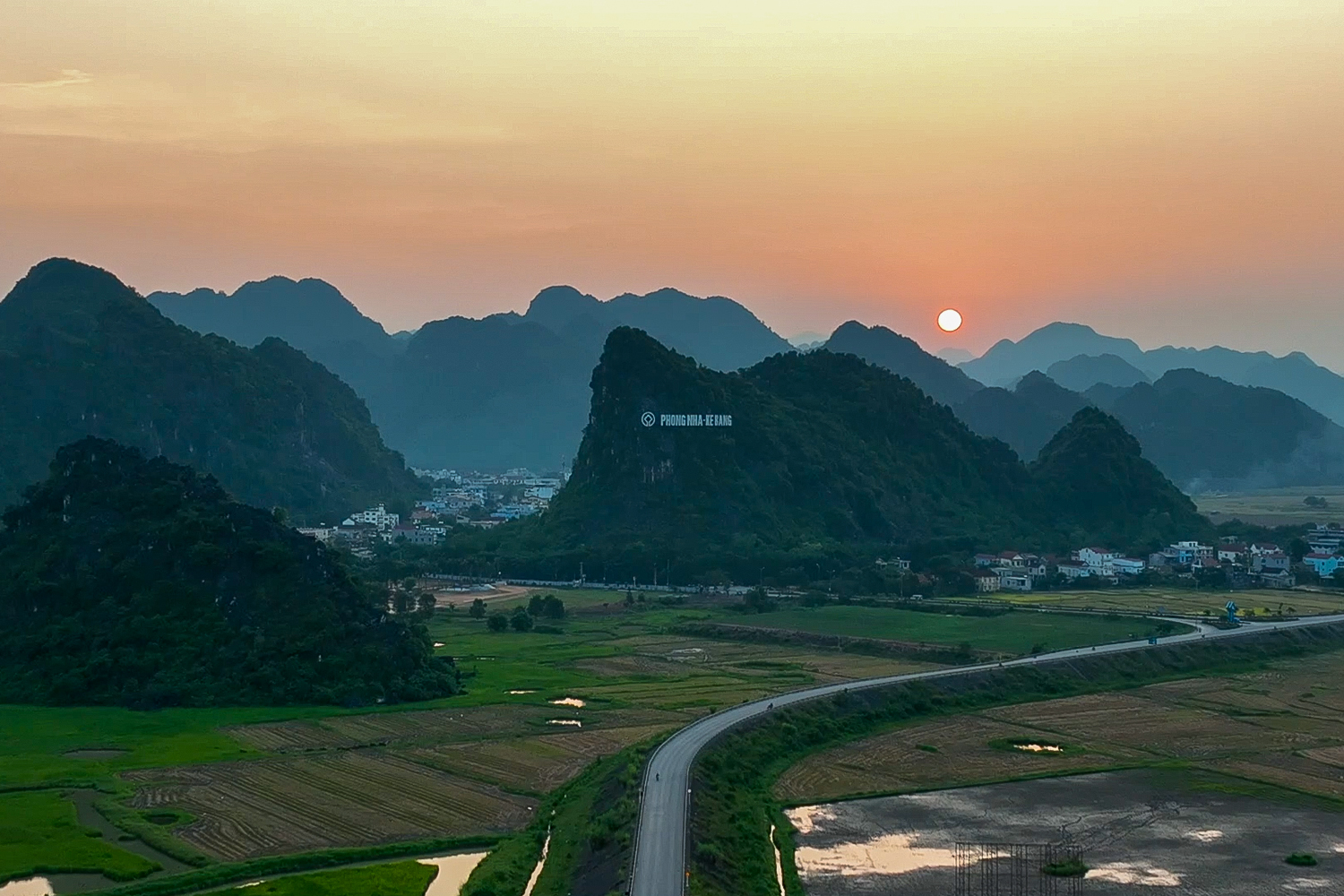
Overview of Phong Nha-Ke Bang National Park
Phong Nha-Ke Bang National Park is located in the western part of Quang Binh, spanning the districts of Bo Trach, Minh Hoa, and Quang Ninh. Situated 50 kilometers northwest of Dong Hoi City, the park borders the Hin Namno National Park in Laos, forming an extensive limestone mountain region with a rich and diverse ecosystem.
Covering over 123,000 hectares, Phong Nha-Ke Bang is Vietnam’s largest national park. It has been recognized twice as a UNESCO World Natural Heritage Site, in 2003 and 2015, based on its geological, geomorphological, ecological, and biodiversity values.
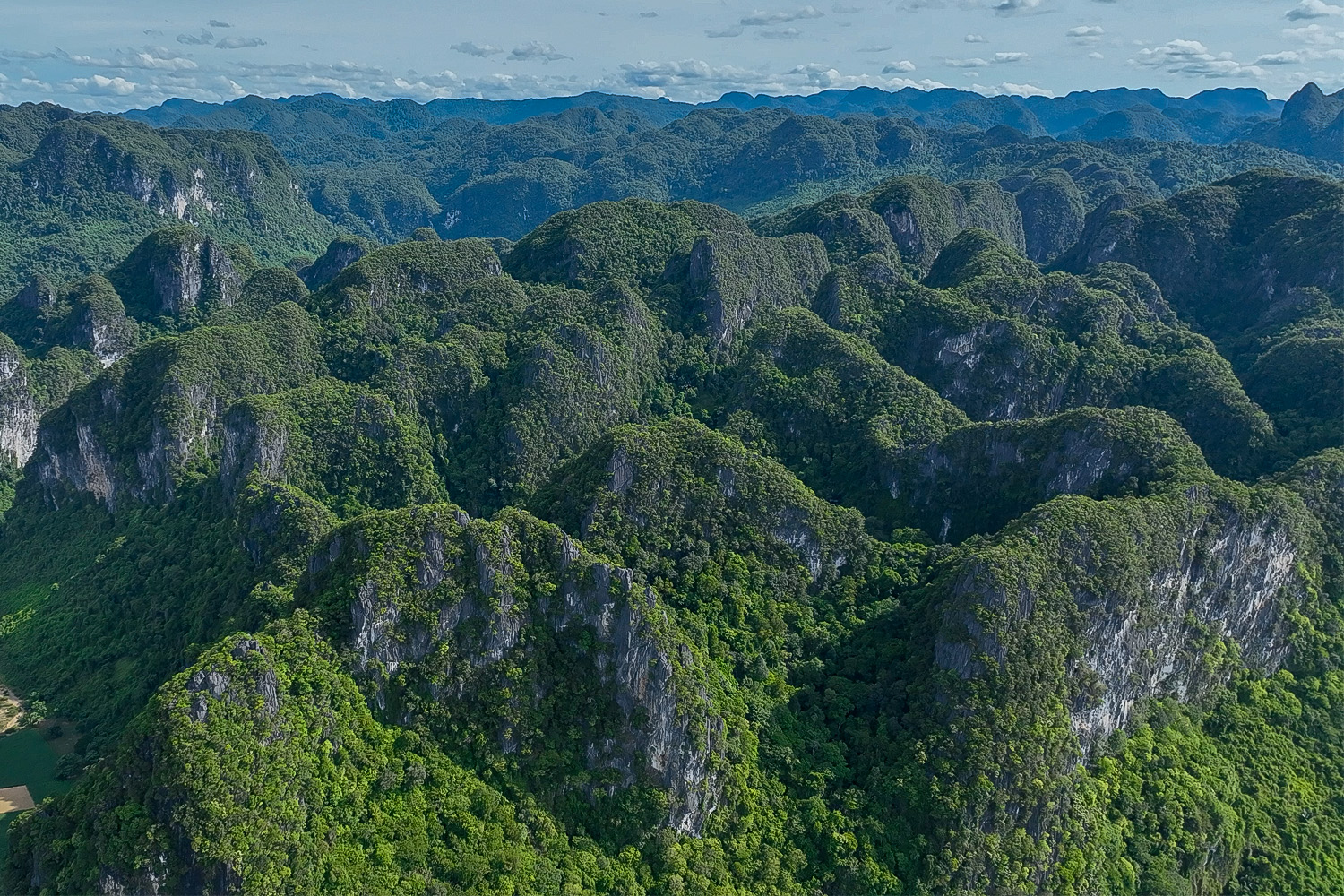
History of Phong Nha-Ke Bang National Park
Phong Nha-Ke Bang National Park first gained attention from scientists in 1899, following initial explorations of its cave system. Since then, numerous large-scale studies and surveys, particularly by explorers from Vietnam, France, and the UK, have uncovered many new caves and a diverse ecosystem.

Key milestones of Phong Nha-Ke Bang National Park
- 1986: Initially established as Phong Nha Special-use Forest under Decision No. 194/CT on August 9, 1986, by the Chairman of the Council of Ministers (now the Prime Minister), covering 5,000 hectares. It was the first special-use forest in Quang Binh, aimed at preserving the primary forest ecosystem on limestone mountains, along with historical relics.
- 1993: Upgraded to Phong Nha Nature Reserve by Decision No. 964/QĐ-UB dated December 5, 1993, by the Quang Binh People’s Committee, covering 41,132 hectares.
- 1999: An investment project proposed expanding the area to include the Ke Bang limestone mountains and upgrading the classification to a national park.
- 2001: Officially established as Phong Nha-Ke Bang National Park under Decision No. 189/TTg by the Prime Minister on December 12, 2001, with a total area of 85,754 hectares. The park was divided into three zones: strict protection (64,894 hectares), ecological restoration (17,449 hectares), and administrative service (3,411 hectares).
- 2003: Recognized as a UNESCO World Natural Heritage Site under Criterion viii for its outstanding global geological and geomorphological values.
- 2009: Designated as a National Special Monument under Decision No. 1272/QĐ-TTg on August 12, 2009, by the Prime Minister.
- 2013: Boundary adjustments increased the park’s area from 85,754 to 123,326 hectares (an additional 30,570 hectares) under Decision No. 1062/QĐ-TTg on July 5, 2013.
- 2015: Received its second UNESCO World Natural Heritage recognition, further cementing its global significance.
UNESCO recognition as the World Natural Heritage
After years of research and sustainable tourism development, in 2003, Phong Nha-Ke Bang was officially recognized by UNESCO as a World Natural Heritage Site due to its ancient karst system, which is over 400 million years old. In 2015, UNESCO again recognized the site for its biodiversity and rare flora and fauna.
- In 2003, UNESCO officially recognized the area as a World Natural Heritage Site under Criterion viii, noting its outstanding geological and geomorphological value. It is considered a prime example of significant stages in the formation of the Earth’s crust, including the history of life, ongoing geological processes, and key natural geographical or geological features.
- In 2015, Phong Nha-Ke Bang was again recognized by UNESCO as a World Natural Heritage Site under Criteria ix and x of the UNESCO criteria for outstanding global value of cultural and natural heritage.
Criterion ix assesses ecological processes and ecosystems, recognizing the unique cave ecosystem in Phong Nha-Ke Bang National Park, which supports various endangered species that depend on this cave system. The heritage site is covered by 84% special-use forest, with a tropical rainforest ecosystem of global importance.
Criterion x evaluates biodiversity, acknowledging Phong Nha-Ke Bang as a habitat for many rare and endangered species. The area plays a vital role in preserving its ecosystems and endemic species.
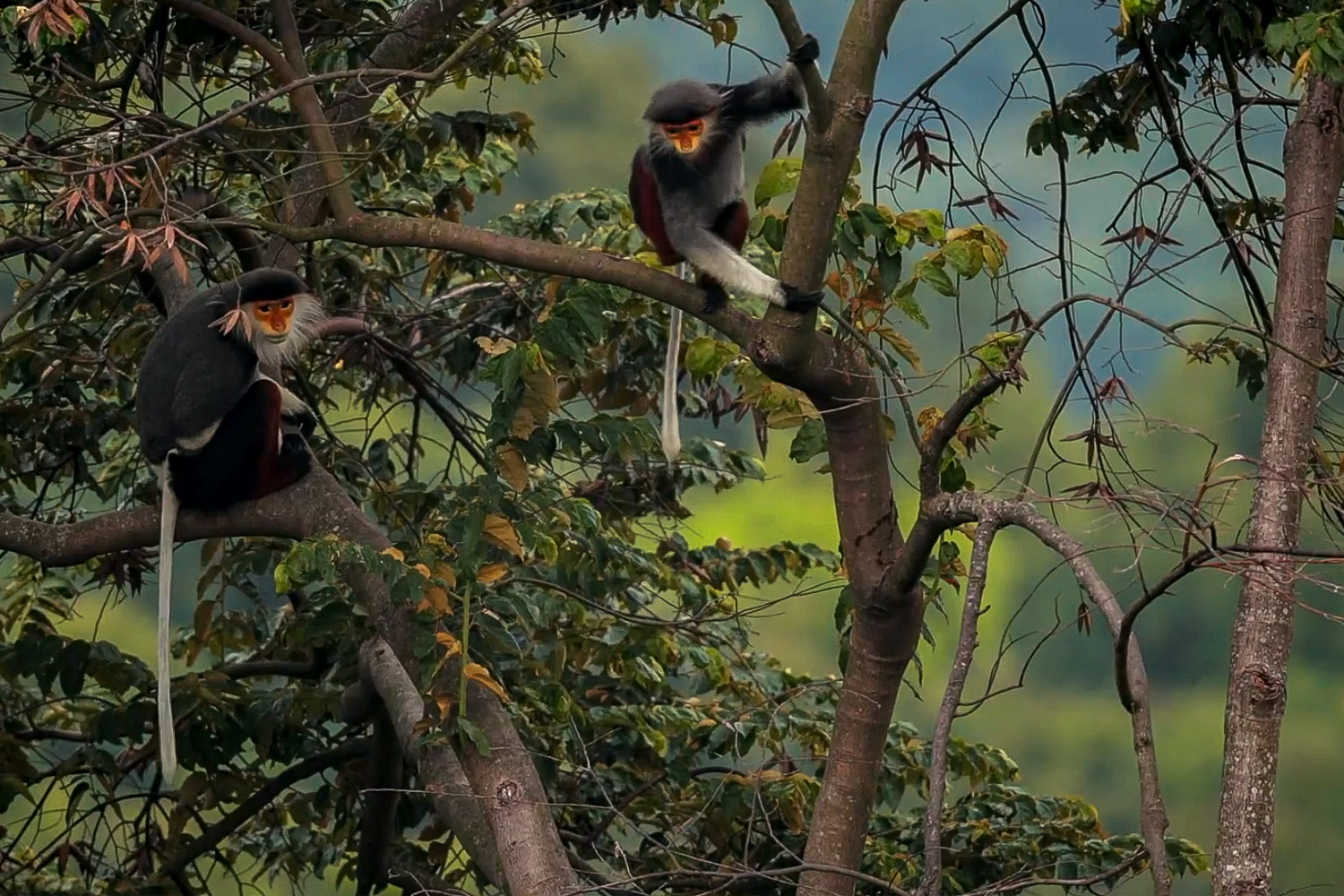
Ecology of Phong Nha-Ke Bang National Park
Topography and climate
Phong Nha-Ke Bang features a landscape predominantly made up of limestone mountains and pristine tropical rainforests. The climate here is tropical monsoon, with two distinct seasons: the dry season from April to August and the rainy season from September to March. The average annual temperature is around 23-25°C, providing ideal conditions for exploration and ecological tourism.
River and cave systems
Phong Nha-Ke Bang is renowned for its unique cave system, often referred to as Vietnam’s “Kingdom of Caves,” with over 400 caves of various sizes surveyed and mapped, totaling 220 kilometers in length. The three main cave systems are Phong Nha, Vòm, and Chày. Additionally, the underground rivers within the caves, such as the Chày River, Son River, and Troóc River, contribute to the majestic and mysterious beauty of the region. These rivers are fed by a network of underground karst rivers that emerge in caves like Hang Én, Hang Vòm, Hang Tối, and Phong Nha Cave.
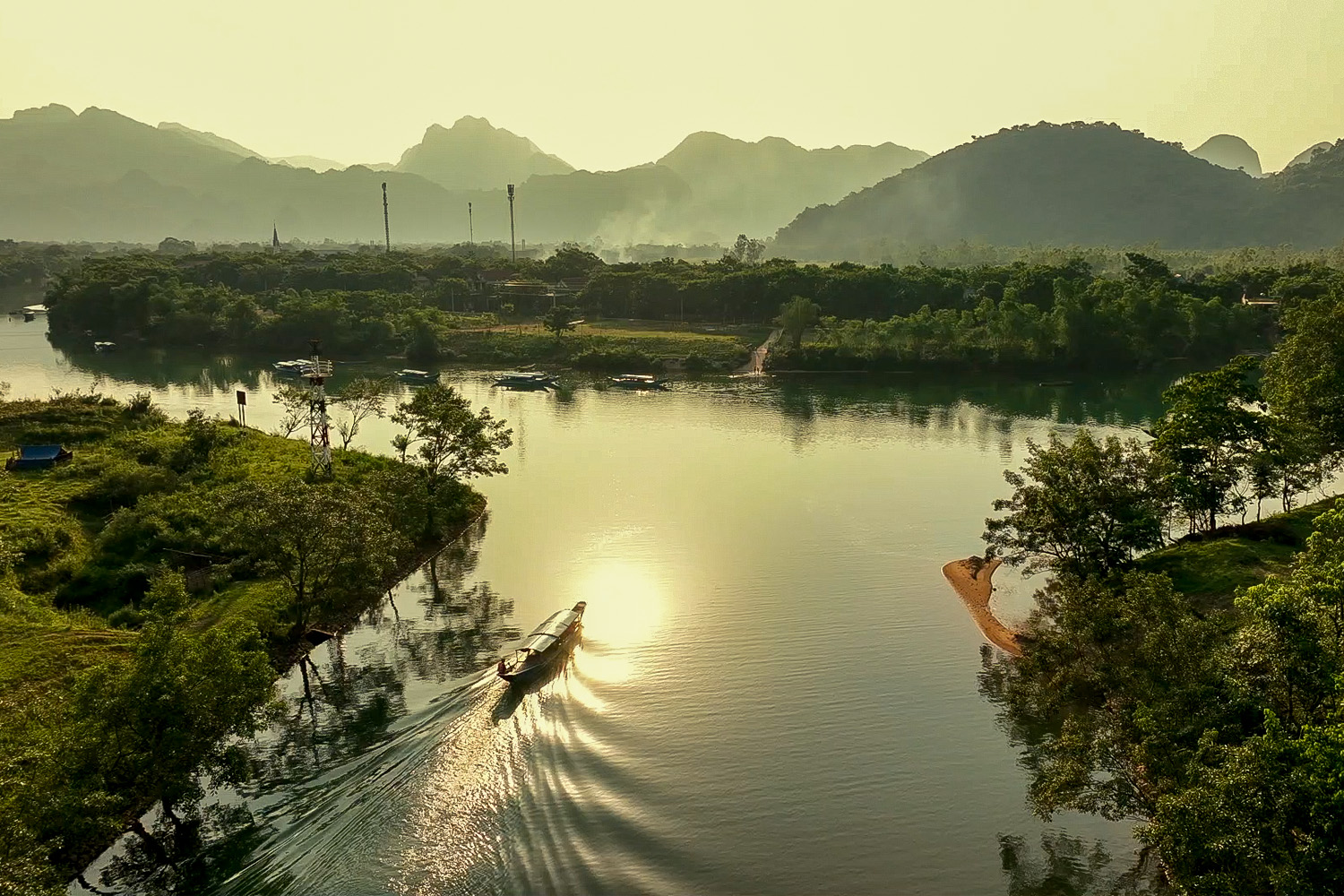
Biodiversity
Phong Nha-Ke Bang National Park is also one of the most important nature reserves, holding immense value for biodiversity conservation.
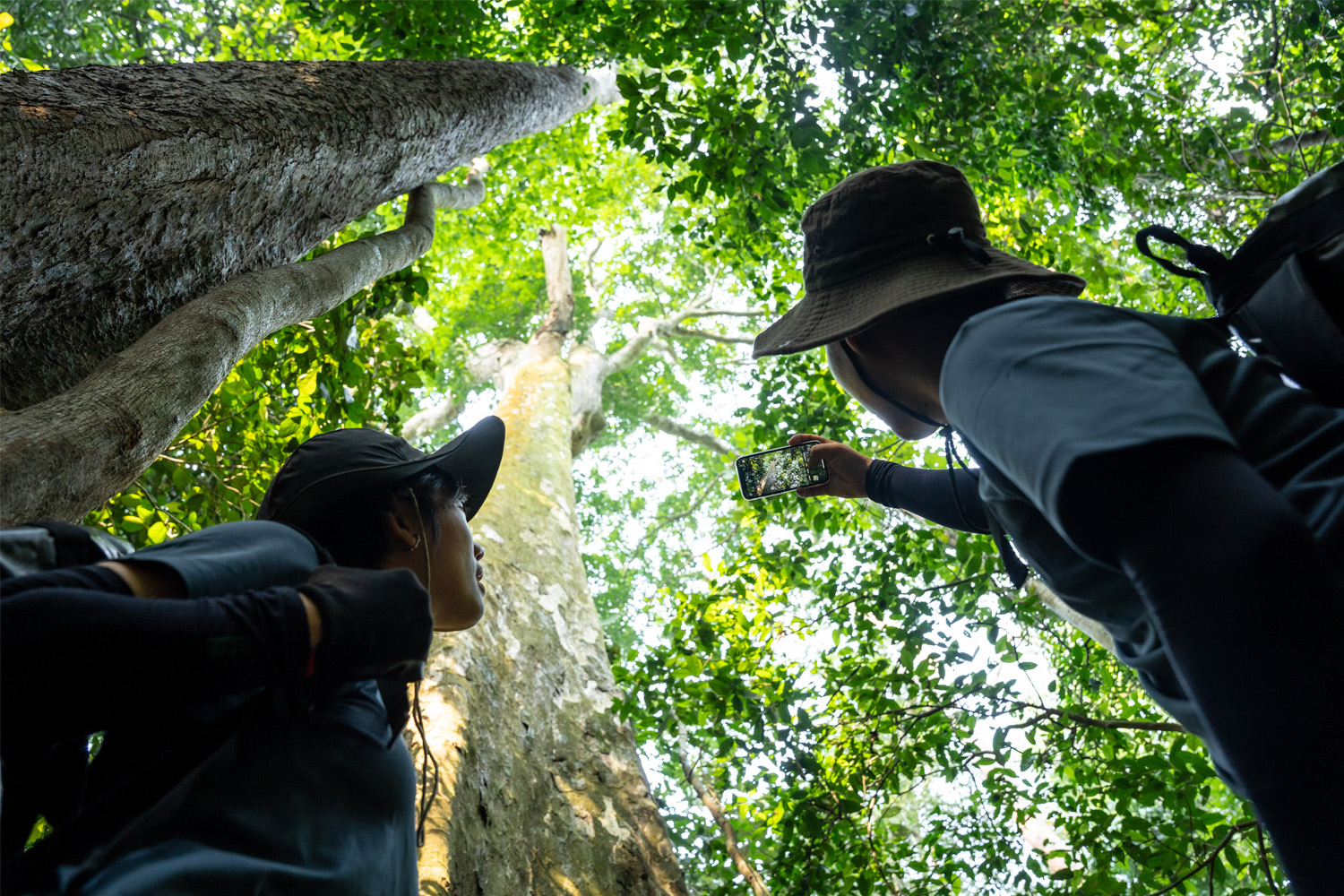
In terms of wildlife, the park is home to 1,394 animal species, including 82 species listed in the Vietnam Red Book, 116 species in the IUCN Red List, 66 species in the CITES appendices, and 123 species in the Vietnamese government’s Decree 84 on the management of endangered, rare species and the implementation of the Convention on International Trade in Endangered Species of Wild Fauna and Flora.
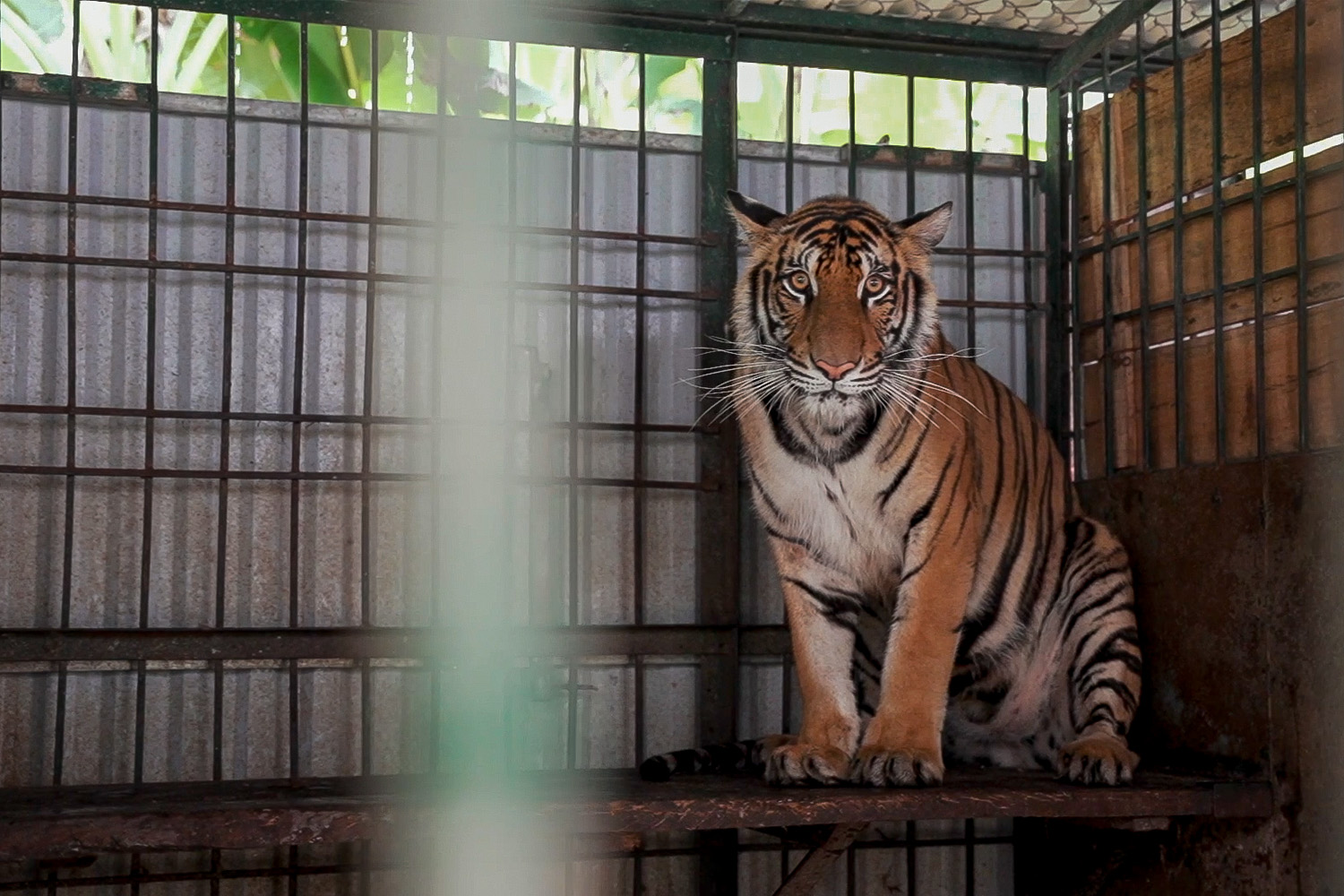
The park’s flora comprises 2,952 species of higher plants, including 111 species listed in the Vietnam Red Book, 121 species in the IUCN Red List, and 46 species under Decree 84. Notably, the park hosts a 500-year-old population of Green Cypress trees, covering an area of about 5,000 hectares, which is considered one of the most unique forest habitats globally due to its importance and conservation value.
Caves in Phong Nha-Ke Bang National Park
With over 400 caves surveyed, mapped, and measured, totaling 220 kilometers in length, and additional dozens of caves both large and small being discovered during the annual expeditions by the British Cave Research Association, the caves in Phong Nha-Ke Bang National Park are not only diverse in their form and geological structure but also hold significant scientific and tourism economic value.
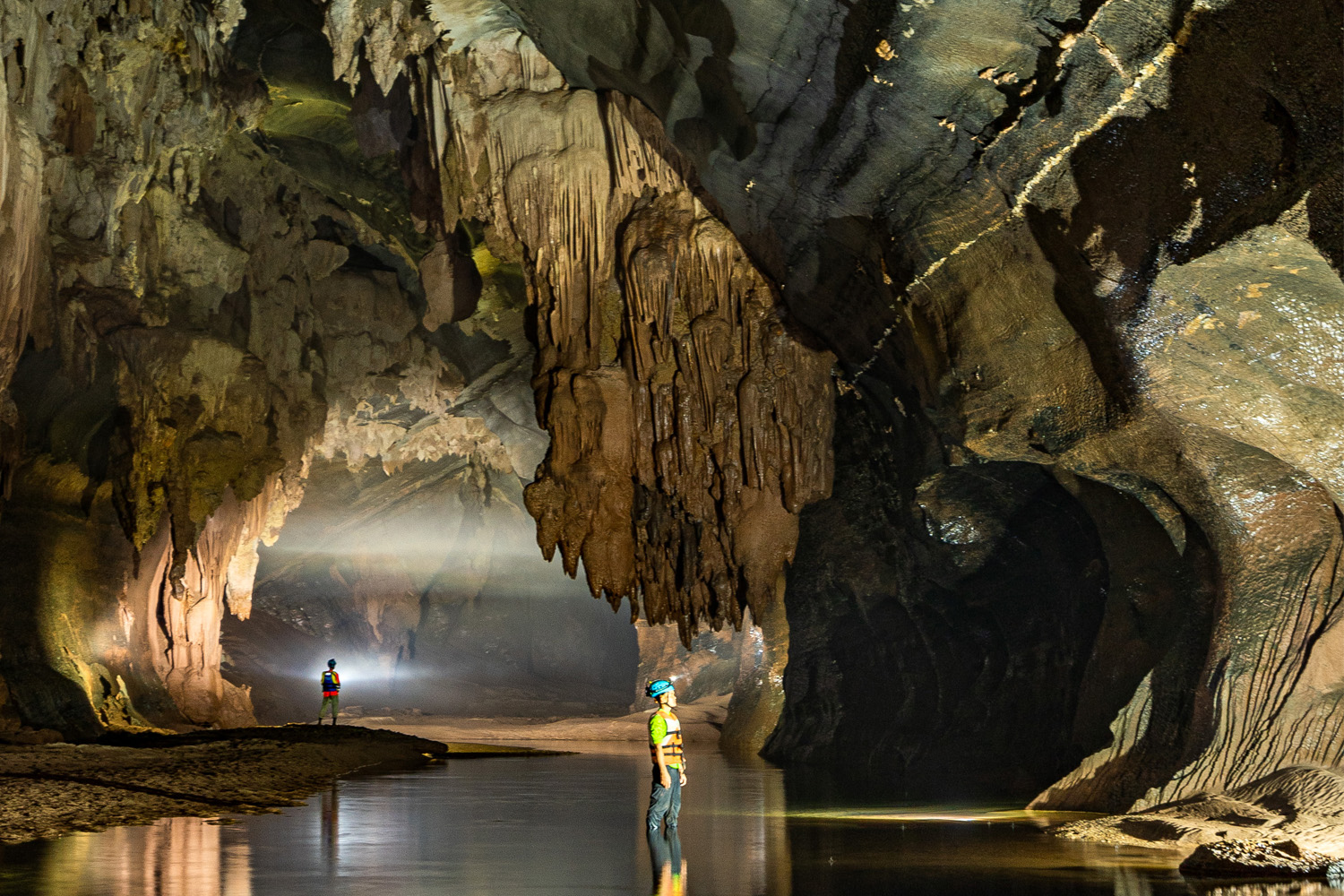
Some of the prominent caves currently being explored for tourism in Phong Nha-Ke Bang National Park, attracting both domestic and international visitors, include:
- Sơn Đoòng Cave: Discovered in 2009, this is the largest cave in the world, with a length of over 9 kilometers and a cavern large enough to contain a skyscraper. Sơn Đoòng is located deep within the pristine forest and has become a symbol of adventure tourism in Vietnam.
- Swallow Cave (Hang Én): The third-largest cave in the world, located near Sơn Đoòng. Én Cave is vast, with a diverse ecosystem, and is particularly famous for the thousands of swallows nesting inside the cave.
- Phong Nha Cave: Famous for housing the world’s longest underground river, Phong Nha Cave is one of the most notable caves in Phong Nha-Ke Bang National Park. With a length of over 7.7 kilometers, Phong Nha Cave features a complex structure with hundreds of stunning stalactites and stalagmites, especially its winding underground rivers. It is also a key tourist destination in the park, attracting many visitors due to its unique natural beauty.
- Paradise Cave (Động Thiên Đường): Known as the longest dry cave in Asia, stretching over 31 kilometers, and often referred to as the “paradise inside the earth” due to its magnificent stalactites and stalagmites with bizarre shapes, resembling grand palaces. Paradise Cave is an ideal destination for travelers who enjoy serenity and want to experience the surreal beauty of nature.
- Dark Cave (Hang Tối): One of the unique caves offering a mix of exploration and adventure activities such as zip-lining, kayaking, and mud baths. Dark Cave provides tourists with exciting and challenging exploration experiences while allowing them to relax amidst nature.
- Hang Va Cave: Famous for its intricate stalactite formations, Hang Va Cave is a popular destination for adventure enthusiasts. The cave features a unique structure with conical stalactites, creating a magical landscape. Hang Va Cave is an ideal choice for high-difficulty exploration tours.
- Pygmy Cave: One of the largest caves in the world, Pygmy Cave is famous for its massive size and pristine beauty. Located deep within the forest, it is the perfect destination for those seeking challenges and exploration.
- Tiên Sơn Cave: As a dry cave, Tiên Sơn Cave does not have an underground river. Tiên Sơn Cave stands out with its pristine white stalactites, making it one of the mystical caves ideal for visitors looking to enjoy tranquility and admire the natural landscape.
- Đại Ả Cave: This newly explored cave offers a pristine space with stalactites formed over millions of years. Đại Ả Cave is particularly attractive to explorers due to its high difficulty level and the mystery that lies within the cave.
Additionally, deep within Phong Nha-Ke Bang National Park, many mysteries remain uncovered. In 2024, a survey team consisting of British cave experts and the adventure tourism company Oxalis Adventure discovered seven new caves in the Thuong Trach and Bo Trach areas, located in the core region of the park. These findings further solidify the area’s reputation as the “Kingdom of Caves” and emphasize the importance of conserving and promoting the invaluable natural heritage.
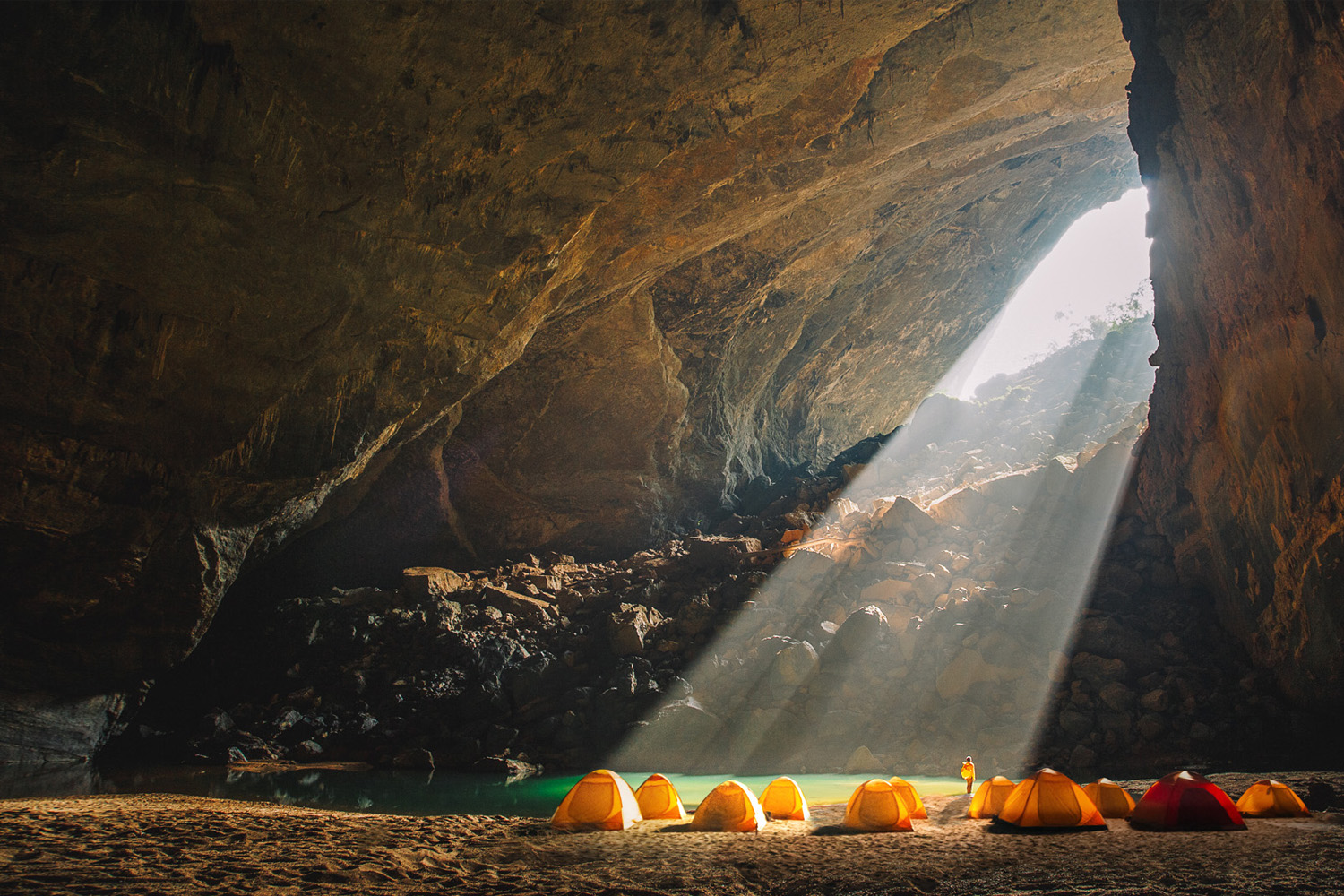
Traveling to Phong Nha-Ke Bang National Park
Best time to visit Phong Nha-Ke Bang National Park
The best time to visit Phong Nha-Ke Bang National Park is from December to September when the weather is dry and favorable for cave exploration and outdoor activities. During the rainy season from October to November, some cave attractions may be affected by floods, but nature exploration, sightseeing, relaxation, and cultural or historical learning can still proceed smoothly.
How to get to Phong Nha-Ke Bang National Park
Visitors can reach Phong Nha-Ke Bang National Park by various modes of transportation:
- By car or motorbike: From the center of Dong Hoi City, it takes about 1 hour to reach Phong Nha-Ke Bang National Park via QL16.
- By bus: There are daily bus routes from Dong Hoi to Phong Nha for relatively low ticket prices.
- By airplane: Visitors from major cities such as Hanoi and Ho Chi Minh City can fly to Dong Hoi Airport and continue by taxi or bus to Phong Nha.
Types of tourism in Phong Nha-Ke Bang National Park
- Ecotourism: With its tropical rainforest and rich biodiversity, Phong Nha-Ke Bang National Park is an ideal destination for ecotourism enthusiasts. Visitors can join tours to explore rare plant and animal species, visit the pristine forest, or walk along the streams and waterfalls in the area.
- Cave exploration tourism: This is one of the most popular types of tourism in Phong Nha-Ke Bang, with various exciting cave tours. From widely accessible cave attractions like Phong Nha-Tiên Sơn Cave, Paradise Cave, and Dark Cave to more adventurous tours for small groups of 1 to 4 days, such as Sơn Đoòng, Swallow Cave, Tú Làn Cave system, and Hang Tiên Cave, these tours offer unique experiences for both domestic and international visitors.
- Cultural and historical tourism: Not only famous for its magnificent natural landscapes, Phong Nha-Ke Bang is also home to numerous cultural and historical values. Visitors can participate in cultural exchange activities and festivals, visit traditional craft villages and learn about the lives of local ethnic minorities. Moreover, Phong Nha-Ke Bang National Park preserves many historical relics, including several national cultural heritage sites related to the anti-American resistance, such as the 20 Quyết Thắng Road, Eight Ladies Cave (Hang Tám Cô), Y Tá Cave, and Trạ Ang Bridge.
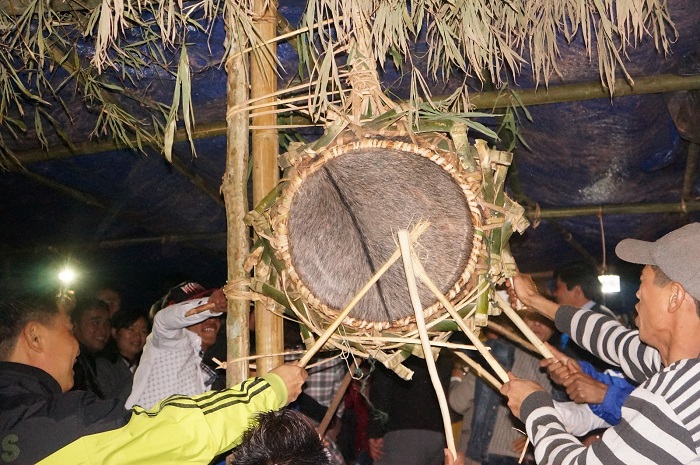
Essential tips and notes
- Environmental protection: Visitors are required to comply with environmental protection regulations while participating in tours in Phong Nha-Ke Bang. Avoid harming the ecosystem, do not litter, and respect the regulations of conservation areas and attractions.
- Safety during tourism activities: For adventurous activities such as cave exploration or kayaking, visitors must strictly follow the guidelines provided by the tour guides to ensure absolute safety.
Balancing conservation and tourism
Challenges
- Pressure from tourism: The increasing number of visitors presents numerous challenges in protecting the ecosystem and ensuring sustainability for the National Park.
- Climate change: Global climate change may affect the sensitive ecosystems in the region, especially the groundwater system and vegetation in the national park.
- Illegal resource exploitation: Despite protective measures, illegal logging, and wildlife exploitation remain concerns in Phong Nha-Ke Bang.
Solutions
- Conservation management policies: Strict conservation measures are applied to protect the ecosystem and maintain biodiversity in Phong Nha-Ke Bang National Park. Local authorities also collaborate with international organizations to enhance forest protection and the conservation of rare wildlife.
- Sustainable tourism development: Oxalis is a pioneer in developing adventure tourism tours in Phong Nha-Ke Bang, focusing on environmental protection measures and aiming for sustainable tourism with a net-zero carbon footprint.
- Raising community awareness: The local community is encouraged to participate in protecting the national park through educational programs and raising awareness about the value of the Phong Nha-Ke Bang World Natural Heritage site. Increasing numbers of local workers are trained and involved in tourism-related jobs, contributing to improving livelihoods and community awareness in the area.
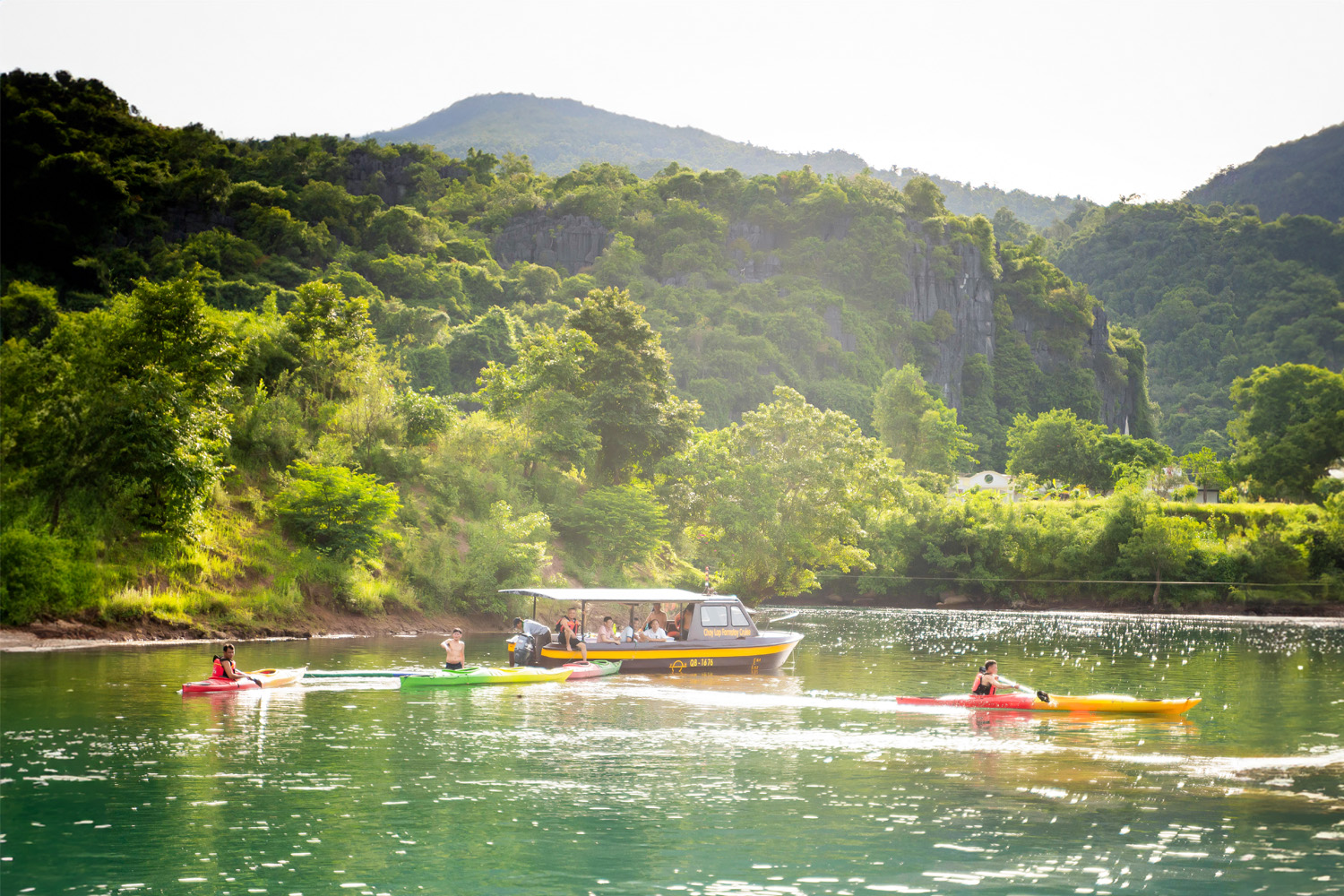
Contact information
Phong Nha-Ke Bang National Park is managed by the National Park Management Board, which is responsible for overseeing and managing conservation and tourism activities.
Contact information:
- Phone: +84 2323677021
- Email: pnkb@quangbinh.gov.vn
- Address: Phong Nha Town, Bo Trach District, Quang Binh Province
This complete guide provides comprehensive information about Phong Nha-Ke Bang National Park in Quang Binh, Vietnam. We hope this article helps visitors better understand this remarkable destination and enjoy an exciting experience exploring the majestic nature of Quang Binh.


